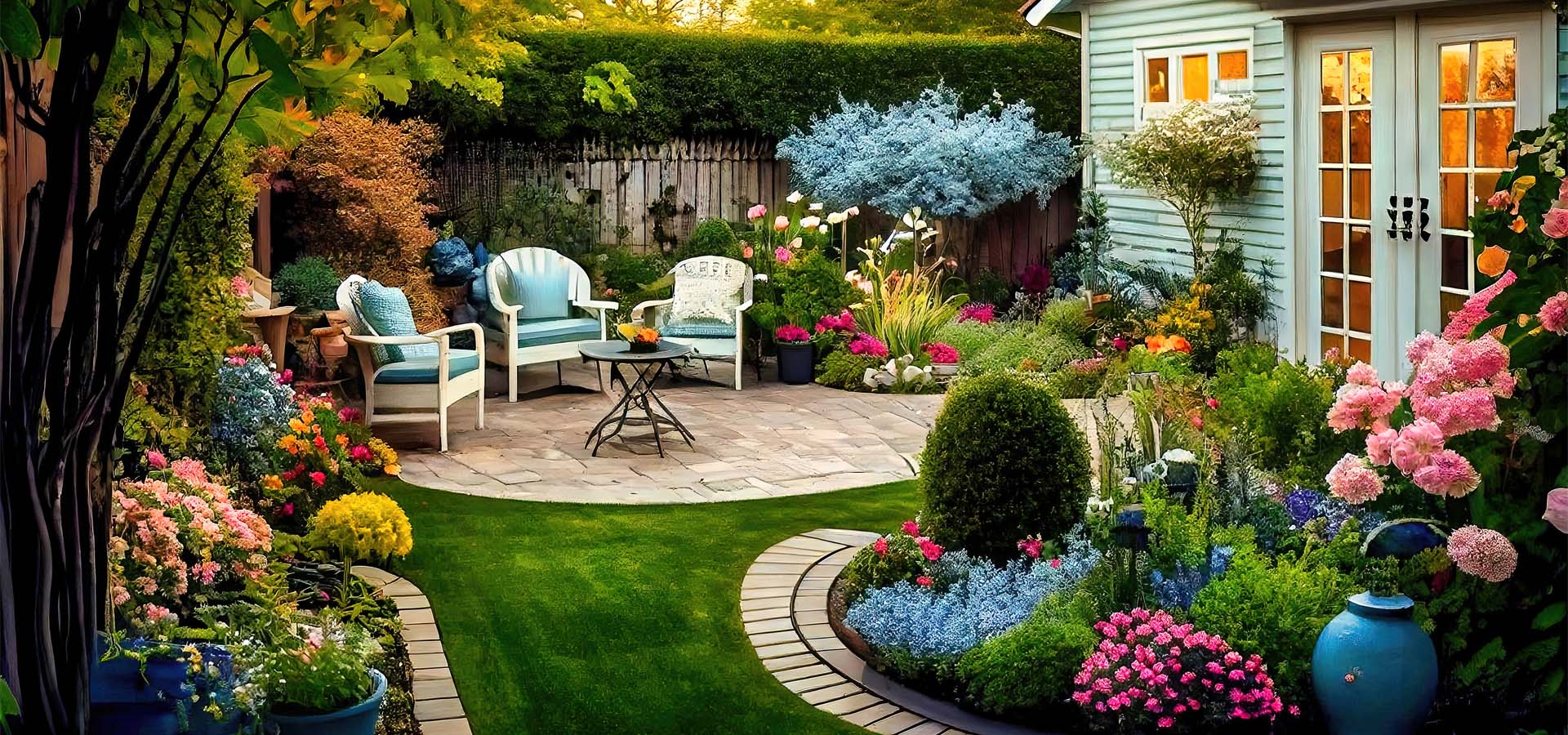Mulching is often considered a gardener’s secret weapon. Not only does it instantly beautify the landscape, but it also offers a multitude of benefits to the soil and plants. However, not all mulches are created equal. The type you choose and how you apply it can make a significant difference to your garden’s health.
The Benefits of Mulching
- Moisture Retention: Mulch acts as a protective barrier, reducing the rate of water evaporation from the soil, thus ensuring that plants have a consistent supply of moisture.
- Weed Control: A layer of mulch can prevent weeds from germinating and accessing sunlight, making your garden less labor-intensive.
- Temperature Regulation: Mulch helps stabilize soil temperatures, keeping roots cooler in summer and warmer in winter.
- Erosion Prevention: It acts as a shield, preventing soil erosion from heavy rains and winds.
- Soil Nutrition: Organic mulches break down over time, enriching the soil with essential nutrients.
- Pest Control: Certain types of mulch can repel pests, providing a natural form of protection for your plants.
Types of Mulch and Their Uses
- Organic Mulch
- Wood Chips: Ideal for ornamental gardens and pathways. They break down slowly and provide a decorative element.
- Straw or Hay: Often used in vegetable gardens, especially around tomatoes, strawberries, and cucumbers.
- Grass Clippings: Best suited for areas around shrubs or in vegetable gardens, but they should be used sparingly to avoid clumping.
- Compost: Enriches the soil as it decomposes. Works well for most plants but should be combined with other mulching materials to prevent weed growth.
- Pine Needles: Perfect for acid-loving plants like azaleas, rhododendrons, and blueberries.
- Inorganic Mulch
- Stones and Gravel: These are best for areas where you want permanent coverage without much change. They’re suitable for desert landscapes or decorative garden pathways.
- Plastic or Landscape Fabric: Used mainly for weed control in vegetable gardens. These should be used with caution, as they can prevent water and air from reaching the soil.
Best Practices for Mulching
- Apply at the Right Time: Early spring is ideal, as the soil has warmed up, and before the weed season starts.
- Depth Matters: Typically, a 2 to 4-inch layer is recommended. However, avoid piling mulch against the base of plants or tree trunks to prevent rot.
- Refresh Regularly: Organic mulch decomposes. It’s a good idea to check its depth annually and top up as necessary.
In conclusion, mulching is more than just a garden’s aesthetic addition. It’s a tool that can elevate the health, productivity, and appearance of your garden. Choosing the right type and applying it correctly ensures that you get the most out of this gardening magic. So, the next time you look at your garden and think of giving it a boost, remember the magic of mulch!


